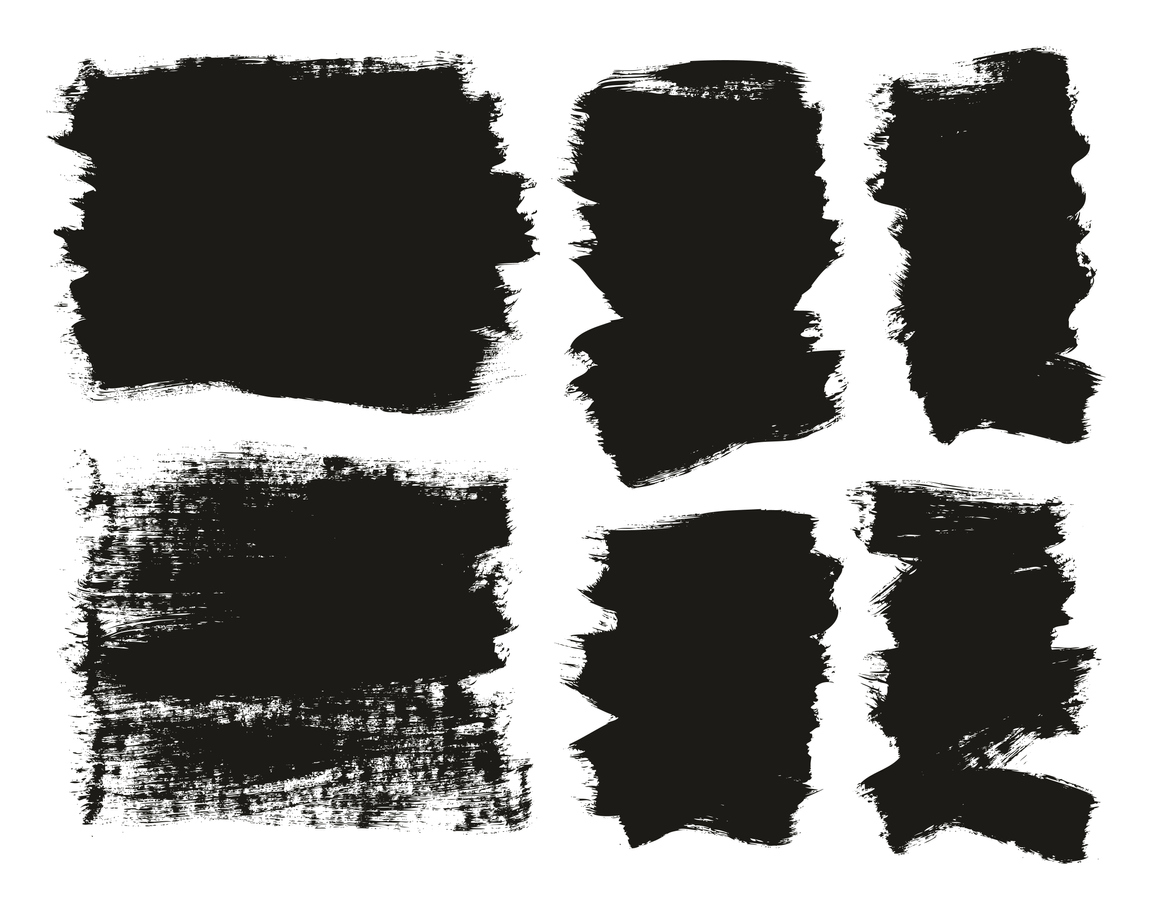
EVERY now and then, in the dead of night, John Russell’s bed starts crawling with spiders.
Other times, there’ll be a small girl in rags, with bulging eyes staring up at him in the dark from the corner of his room. Or, a spinning door handle, millimetres away from his eyes, daring him to move and be hit.
What John, 27, from Glasgow is experiencing are not just nightmares, but concentrated moments of pure terror.
And although it mainly affects young children and often stops in adolescence, the world of night terrors is one which also affects 0.02% of UK adult sleepers.
John is one of them.
Far beyond the world of standard scary dreams, night terrors are not simply a jolt awake in the dark after you imagine your teeth start falling out or a sweaty realisation that you didn’t in-fact turn up to work in your underpants.
Defined by the Mayo Clinic as episodes of screaming, intense fear and flailing while still asleep, night terrors are often paired with sleepwalking.
Like sleepwalking, night terrors are considered a parasomnia – an undesired occurrence during sleep. Parasomnias are sleep disorders characterised by abnormal events that occur when falling asleep, during sleep, or when waking from sleep.
A night terror usually lasts from seconds to a few minutes, but episodes may last longer.
John describes his terrors as completely real and present, forming terrifying ordeals that feel far from dream-like.
“It’s not like a normal dream where you sort of zone in and out of hazy visions,” he said. “Night terrors make you feel like you’re wide awake and are experiencing this horrible reality.
“Often, I almost am awake – I’m in a sort of limbo – and I’m aware of the fact I’m in my bedroom and know the reality of certain surroundings, but I am also experiencing a terrifying scene in front of me that simply isn’t real.
“A couple of times, I’ve also been lying on my front, and felt like there was someone actually sitting on my back – I could actually feel them and their weight. It’s such a bizarre trick of the mind.”
Thankfully says John, he only seems to suffer the terrors when he’s alone, but often finds himself fully shaken and terrified in the aftermath.
“I know it probably sounds silly, but in those moments afterwards, you’re so sure that you just saw what your brain made up, that you just sit there shaking and reeling,” he said.
“I end up sleeping with the light on as it’s the only way to stop the visions coming back once they’ve started.”
Research has shown that night terrors in adults often come as a result of stressful life-events resulting from an individual’s personality, relationships and circumstances.
For John, it often happens during periods of pure exhaustion and when he’s not in a secure environment.
“It’s usually when I’m absolutely done in that they happen, which makes it all the worse because once I wake up it’s really hard for me to get back to sleep.
“They do happen in my own bedroom, but more often when I’m in a new place or in a room that I’m not used to.”
Like many sufferers, John has also experienced sleep walking, which has found him in some very awkward circumstances.
“I work away a lot, and so often find myself sleeping in hotels,” he said. “For a while, I kept waking up having walked out of my room and finding myself in the corridor of the hotel, not knowing where I was, without my room key and only wearing a pair of boxers.
“Thankfully, on these occasions, the staff on hand were understanding, if not like me, pretty bewildered.”
Although they are often suffered in private, John finds even the aftermath of the terrors hard to share.
“When I tell people about the terrors I’m always a bit worried they’ll just think I’m a weirdo.
“But all I know is that it’s taught me that our brains are far more intelligent and capable of so much more than we give them credit for.”

Enjoy the convenience of having The Sunday Post delivered as a digital ePaper straight to your smartphone, tablet or computer.
Subscribe for only £5.49 a month and enjoy all the benefits of the printed paper as a digital replica.
Subscribe